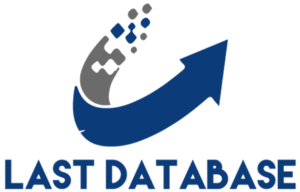As with DevOps, the goal should be full automation, such that the transition from testing to production happens automatically. And even once an algorithm has reached production, any changes and tweaks made to the algorithm should then run through automated testing and transitioning. That layer of automation adds a significant level of complexity to the process, but once it’s working correctly, it will save your business considerable time and money.
What problems does MLOps solve?
First and foremost, MLOps puts data in c level contact list the center of the software development lifecycle. This not only makes employing data solutions more efficient, but more capable. This also shrinks that void between those with business knowledge, those with IT knowledge, and those with data knowledge.
For any company looking to seriously get the most out of massive troves of data, MLOps brings together the insight of these departments such that the combined effort will be a major improvement over them working as individuals.
What’s required for MLOps
Aside from getting your machine learning and operations teams working together, you’ll need to add the following into your process:
- Gathering, cleaning, and improve your click-through rate on google ads labeling data to be used.
- Creating features for the process, discovered from the cleaned data.
- Developing the ability to store the features in a repository.
- Using machine learning methods to train models.
- Automatic transitioning of models from testing to staging to production.
- Monitoring the deployed models for data and model drift.
- Debugging problems that were discovered in the monitoring.
- Retraining models, based on observations or new features to be added.
- Documentation for the entire process.
How to get started with MLOps
In order to get started with MLOps, you’ll first need staff capable of handling the task. You’ll need data scientists, developers who are familiar with GitOps and other software development lifecycle automation, and an IT operation team capable of implementing this new model. You’ll also need:
- An understanding of data spam data engineering workflows.
- A scalable collaboration platform that is geared toward data science and machine learning.
- A versioning system (such as Git)
- User management and access control.
- A solid understanding of languages such as Python, R, Java, Scala, and Go.






